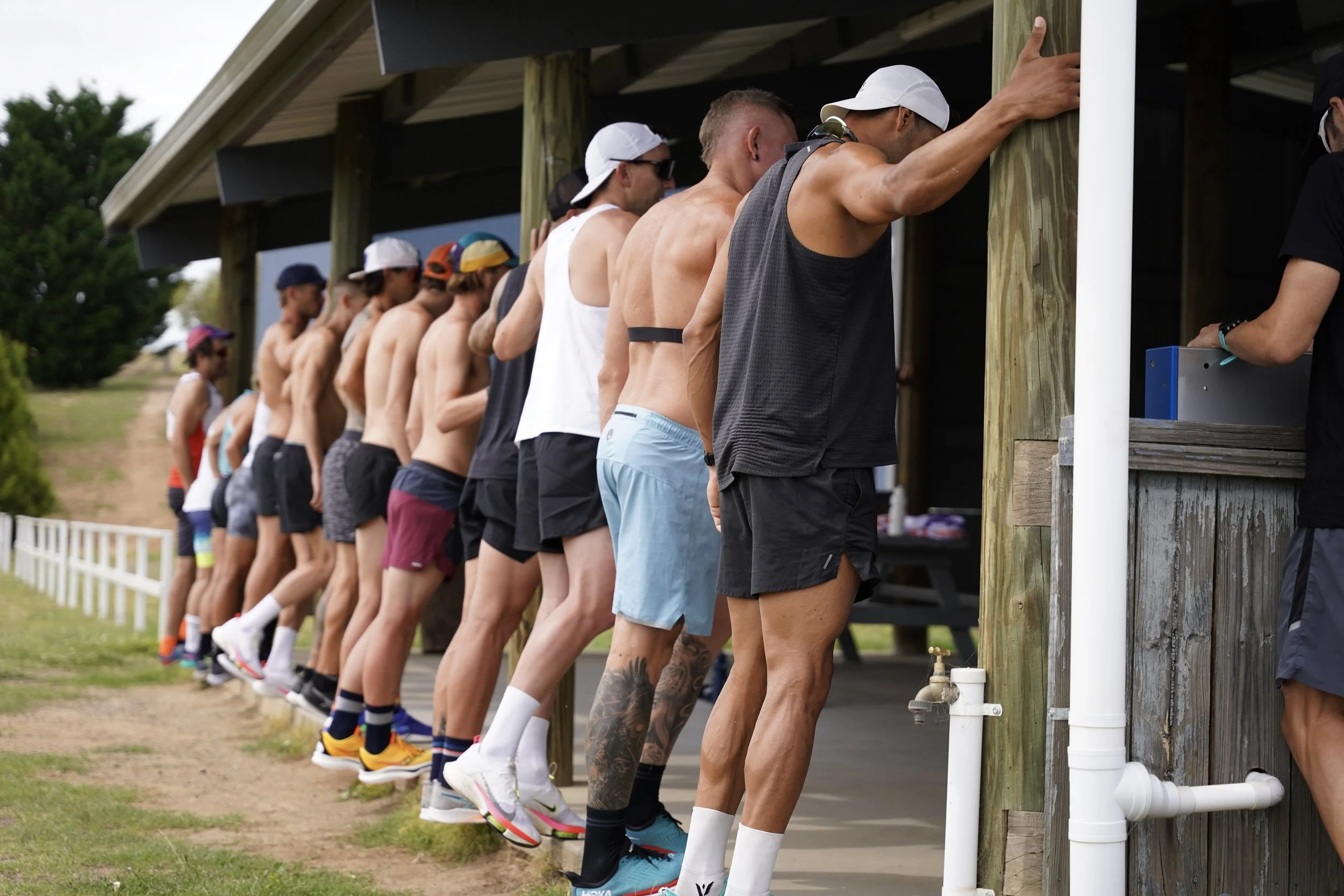TIME CRUNCHED ATHLETE - Zone 3 Session Modification
Anyone who is aiming to achieve more in life than swim, bike, and run (hopefully everyone) is going to have those days where you have a key brick session planned but the day got busy with unscheduled necessities and the 2-3 hour solid intensity brick is simply not going to be possible. You’ve now got 60-90 minutes instead of 2-3 hours. How could you best utilise the time you have to get the best zone 3 benefits that you had scheduled for the session?
Yes! I said zone 3 benefits. Zone 3 can definitely be a dangerous zone if all your scheduled Zone 2 training is creeping into Zone 3 but especially as you get closer to race day there should be specific sessions dedicated to Zone 3. If you didn’t work in Zone 3 you would never be doing anything specific for 70.3 and Ironman racing. Plus it gives a lot of the benefits of Zone 4 with a lot less stress or risk of burnout. It’s a super important zone, as long as it’s used in moderation.
Image @koruptvision
For clarity, Zone 3 training intensity is below the anaerobic threshold and above the aerobic threshold. Call it the ‘grey zone’ when you’re doing it when you should be doing Zone 2 and the ‘sweet spot’ when you’re doing it when you should be.
Zone 3 uses both aerobic and anaerobic energy supply burning both fats and carbs at a high rate recruiting both fast twitch and slow twitch muscle fibres. There is significant lactate production and lactate combustion as part of supplying the energy.
Most race specific bricks will be performed largely in this zone. A classic example might be:
- 2 hour ride with 1 hour of broken intervals at Zone 3 (6 × 10m, 3 × 20m, etc).
- 30-60 minute continuous or broken intervals run at 70.3 to IM race effort.
So your day has gone pear shaped and you only have 60-90 minutes what’s the best move from here?
Well, one of the primary goals of a session like this is not only contributing to your cardiovascular fitness as most of us do plenty of that all week, rather it’s also to really build your muscular resilience in a sport where strength endurance/the ability for the muscles to not break down is an integral part of success in racing. It doesn’t matter how aerobically fit you are, broken down muscles slow you because of the pain but also because it drastically reduces muscle glycogen synthesis.
To note - marathon running could also be included in this and even running purists would be smart to include a session like this when they can’t fit in a longer specific run.
Image @wes_thompsonn
The adapted session.
Outdoors with no gym access:
Warm up:
Easy jog- 10-15 minutes build to mid zone 2.
Main Set: 2-4 rounds of both strength and run depending on your event and time available.
2 x 6-8 Pistol squats on a park bench (don’t go too low if new to this)
2 x 6-8 Bulgarian squats (don’t go too low if any hip issues)
2 x 1 minute static wall squat
1 × 20 calf raises on gutter step, slow and controlled
Run: 3-5kms @ building to zone 3 over the first km and then sustaining.
Gym session option:
Warm up:
Treadmill easy jog - 10-15 minutes, build to mid zone 2.
Main Set: 2-4 rounds of both strength and run depending on your event and time available.
2 × 6 Leg press noticeable by fatiguing by second round
2 × 6 single leg press
1 × 20 calf press on leg press machine
Run: 3-5kms @ building to zone 3 over the first km and then sustaining.
Remember the huge value in doing what you can rather than throwing in the towel on a training day when life gets crazy busy.


